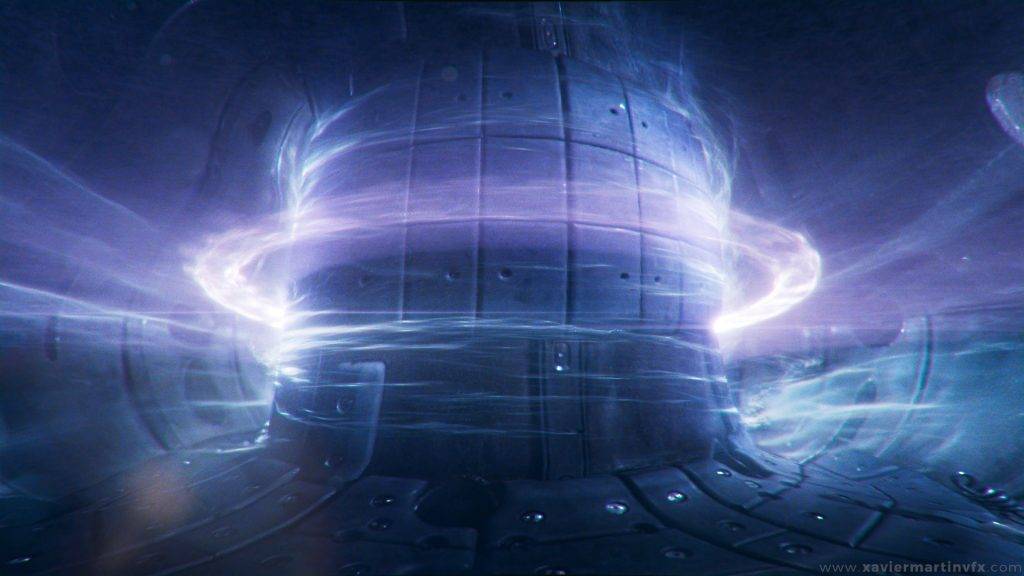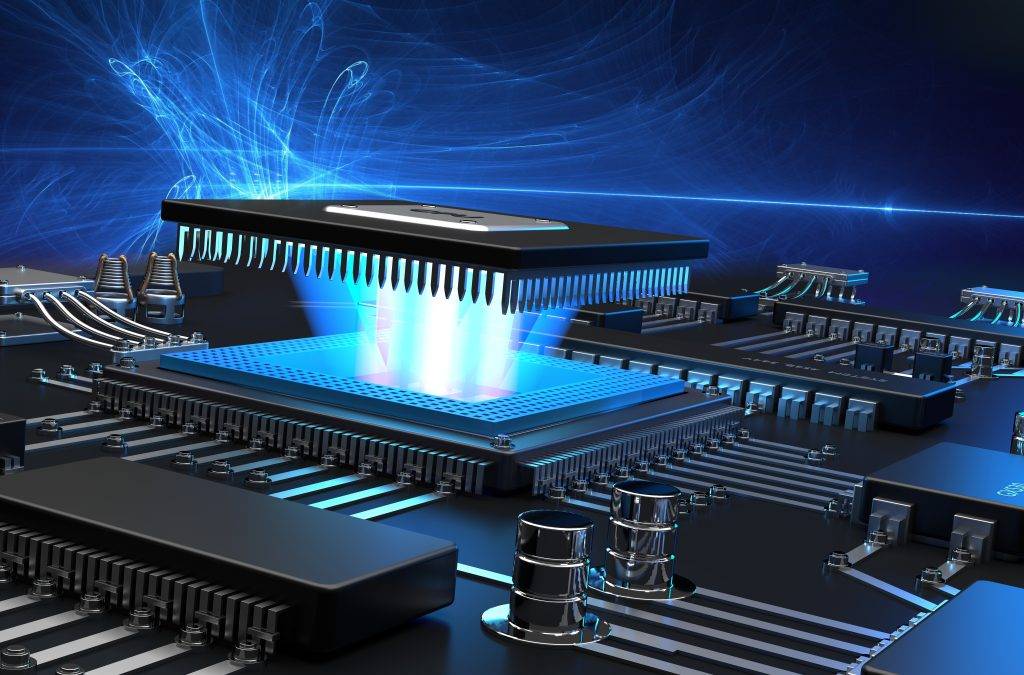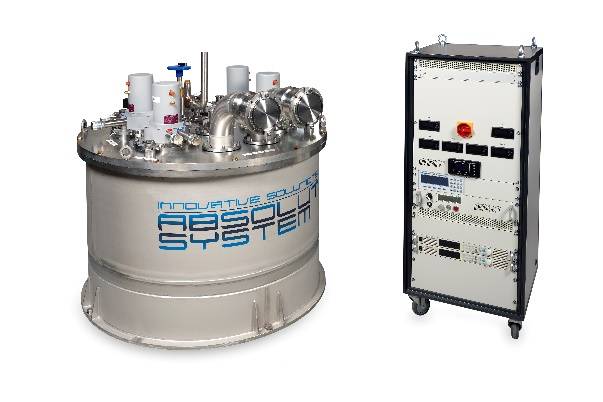- Expertises
- Markets
- Products
- Projects
- Our projects
- • Aurora
- • Cooling an optical laser with high-purity Helium
- • Cryogenics for neuroimaging
- • ICCIR: New-generation miniaturized Pulse -Tubes
- • MEESST: Cooling superconducting magnets on space vehicles
- • SCARLET: superconducting cables for the energy transition
- • SuperRail: Superconductivity in railway applications
- • TRISHNA : Cryogenic systems for space imaging
- • Vacuum test benches for satellite propulsion
- • ZBO: R&D challenge for CNES space studies
- Home
- The company
- Careers
- News
- Contact








